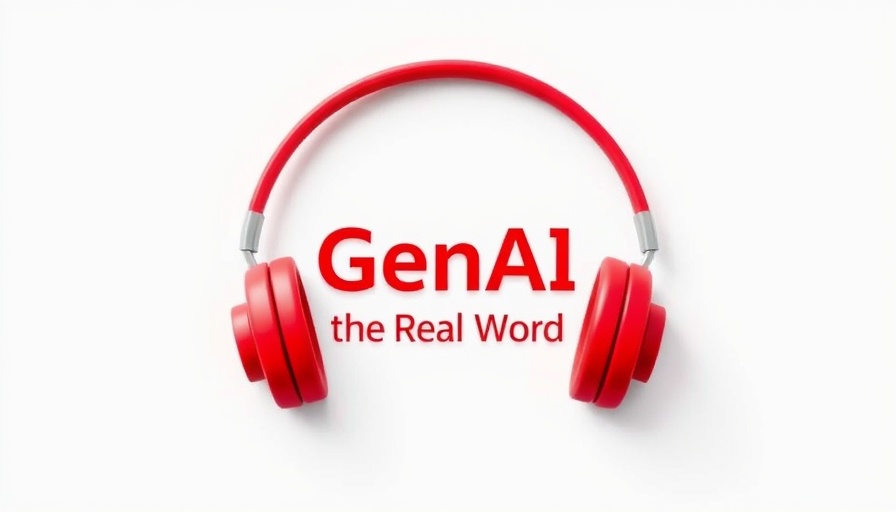
Understanding Apache Beam and Google Dataflow
When it comes to building data pipelines, teams are often faced with a critical decision: should they use Apache Beam independently or operate it within the larger framework of Google Dataflow? While it may seem like a straightforward tooling choice, this decision brings forth deeper implications regarding how teams develop their systems in the era of data-driven technologies.
Beam's Versatility in Data Processing
Apache Beam serves as a common programming model designed to bridge batch and streaming data workflows. One of its standout features is the capability to deploy pipelines across various execution engines such as Flink and Spark, in addition to the managed runner, Dataflow. This design empowers teams with unmatched flexibility, allowing them to define their data transformations once and select their execution environment as needed—all while maintaining consistency across different platforms.
The Push Towards AI Integration
The rise of machine learning (ML) and artificial intelligence (AI) methods is rapidly reshaping how data systems are developed and implemented. This evolution is making it crucial to adapt traditional data operations to support real-time inference, feature processing, and model retraining workflows. Apache Beam has evolved in this context, offering robust tools such as the RunInference API, which facilitates the integration of AI workloads into existing data pipelines—making them capable of supporting sophisticated analytics.
Making the Choice: Self-Managed or Managed?
Choosing between running Beam on your own infrastructure or utilizing a managed service like Google Dataflow also impacts operational responsibilities. With self-managed solutions, teams bear the entire burden of provisioning, scaling, and maintaining their runtime environments. Conversely, a managed service like Dataflow reduces technical overhead, allowing teams to focus on building pipeline logic rather than worrying about infrastructural nuances.
Looking Ahead
As teams weigh their options, understanding the trade-offs between Beam and Dataflow becomes increasingly paramount. The right choice will align with a team's specific needs and goals, paving the way for more effective data-driven machine learning solutions.
 Add Row
Add Row  Add Element
Add Element 



Write A Comment